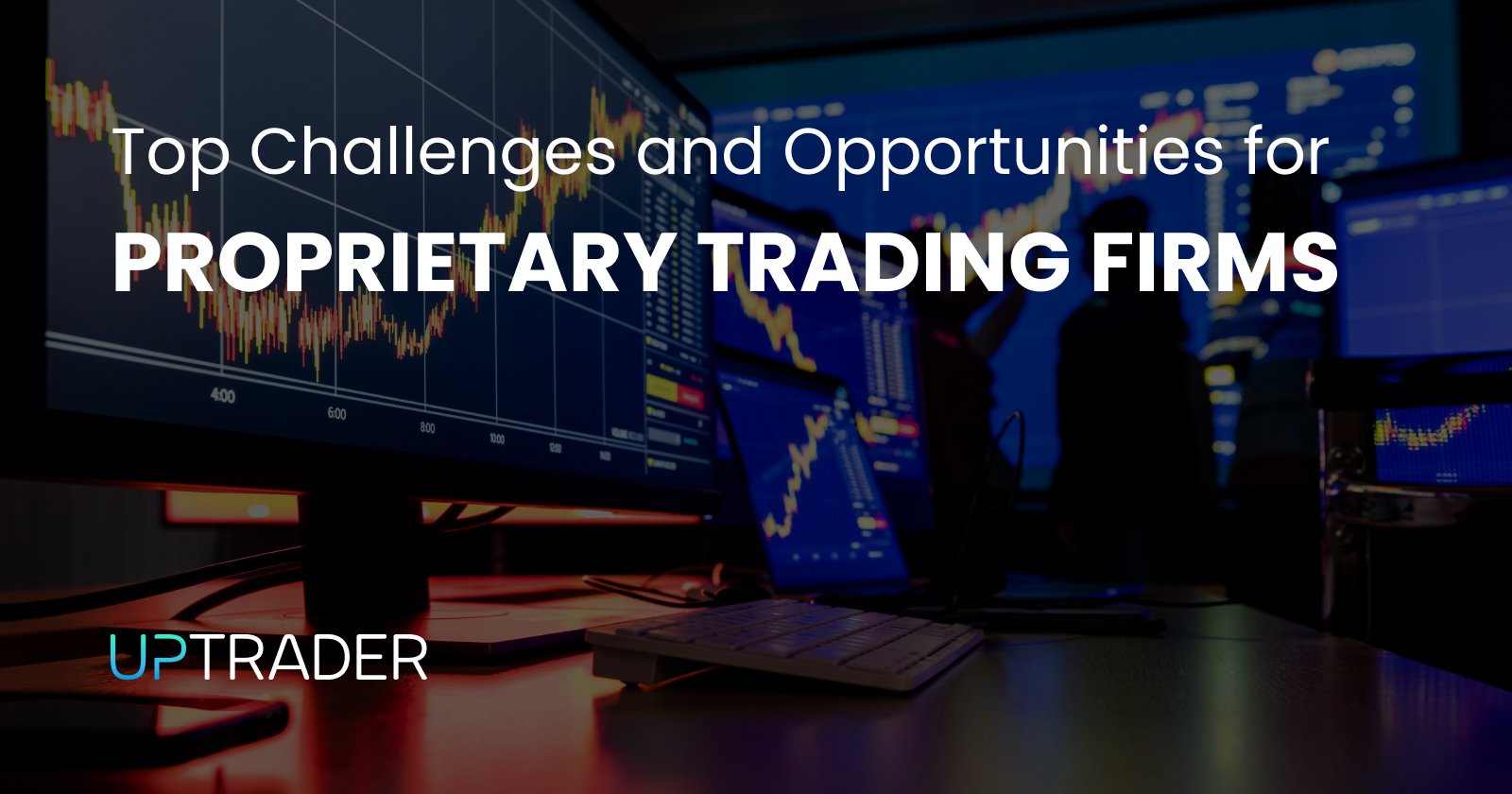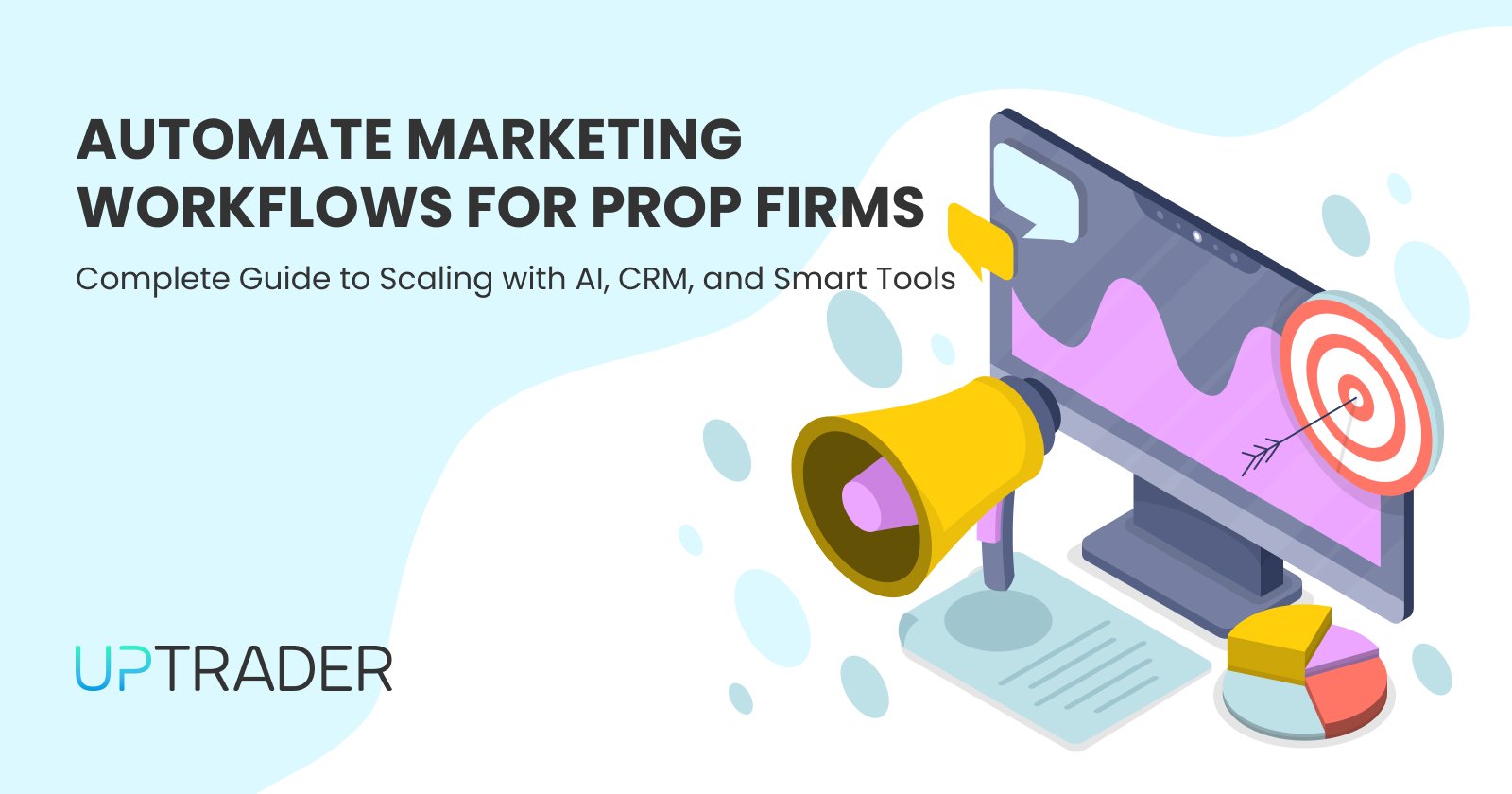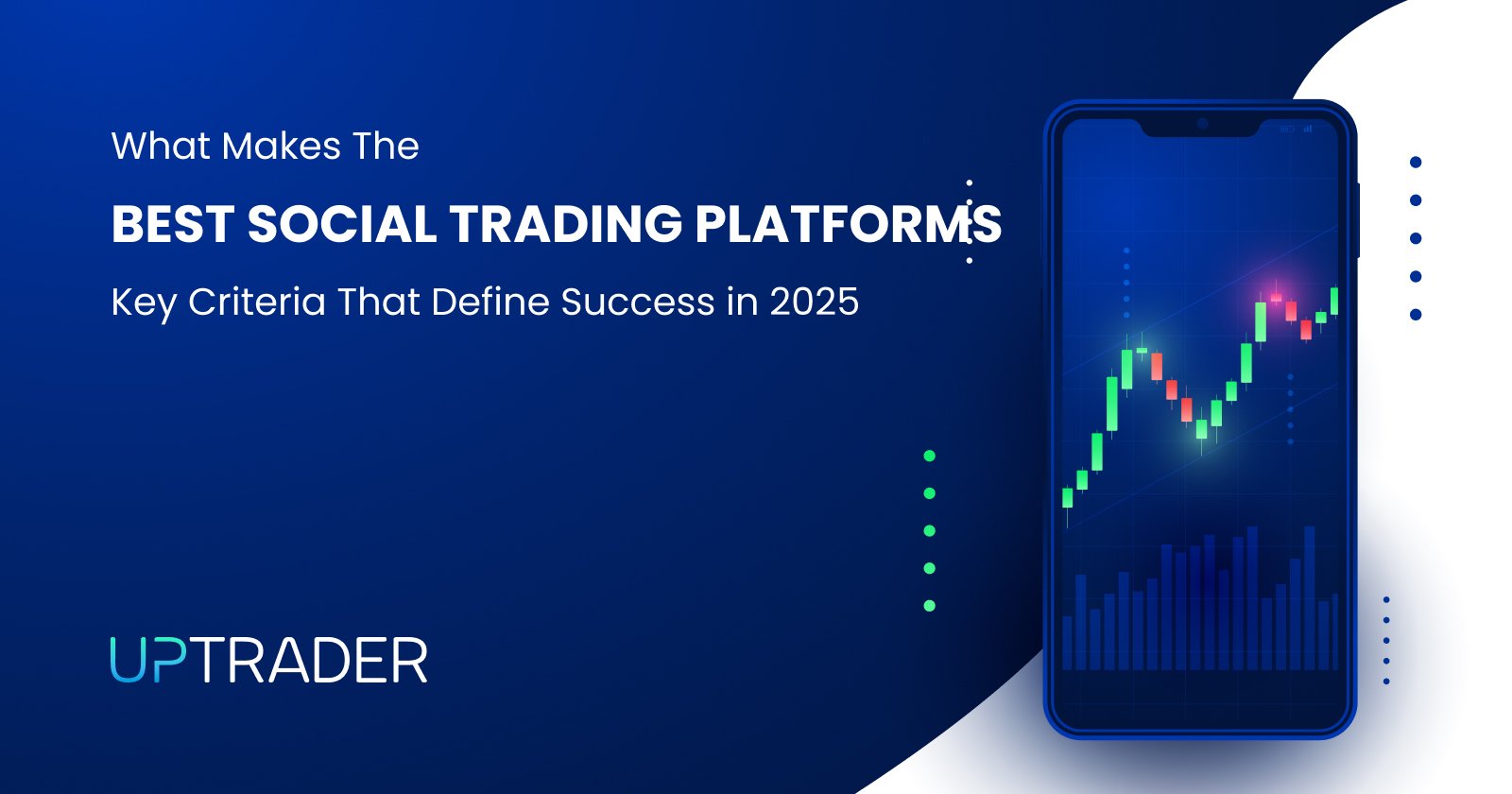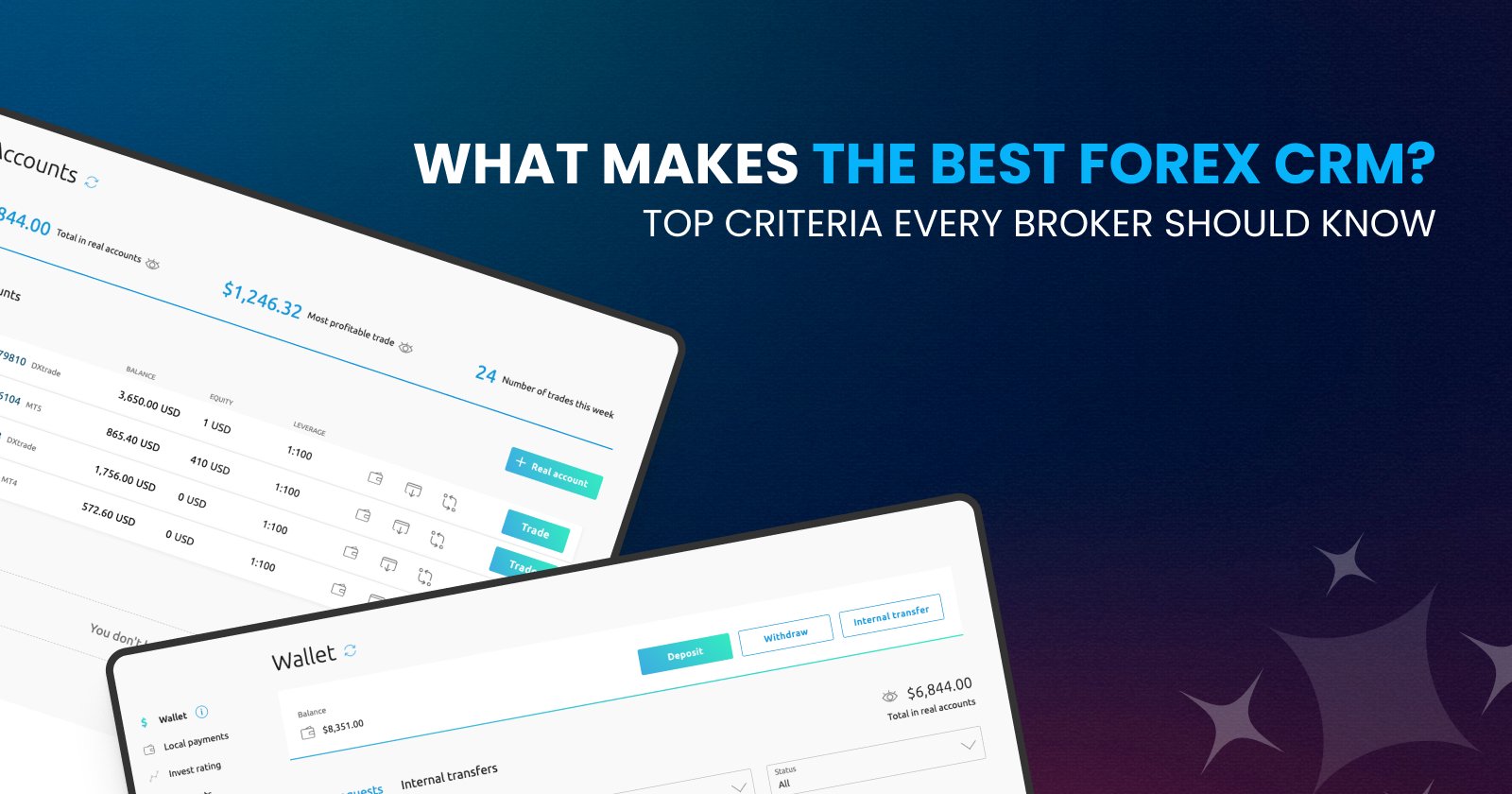
How to Identify the Best Forex Account Management Service in 2025
By the time you review any Forex account management service in 2025, you have savored the fact that trading currencies is more than just skill. Requires time, persistence, and the right support. You surely understand that the Forex market never sleeps, it is open 24 hours 5 days a week. Exciting and overwhelming, right. So, handing your account to a professional manager sounds appealing. But here’s the catch: not all services are equal. Some will genuinely grow your capital, while others may drain it before you even understand what went wrong.
This guide is going to help you cut through the noise. The goal for you to achieve by the end of this article, is for you to understand what to sift through, what red flags to steer clear from, and how to save time and frustration by picking the best Forex account management service for yourself in the year 2025.
Why Forex Account Management Service Still Matters in 2025
Trading is, and has, been transformed by Technology. Account management service is still the service most people seem to thrive on, and I still keep wondering why. Is it because Tools are mighty, but do not replace human judgment, discipline, or intuition.
You want someone who doesn’t just press “buy” or “sell” because a chart says so. You need someone with a grasp of macroeconomic shifts, central bank policies, and market psychology. That is the value account managers add.
In 2025, with more people entering Forex and with time and knowledge in short supply, the demand for managed accounts has increased. It is easier for people to pay experts to do the heavy lifting than learn everything from the ground up. But that means scams, overpromises, and shady operators are also more common. This is exactly why you need a framework to identify the best.
Step 1: Check Regulatory Status First
Let’s be blunt — if the service isn’t regulated, walk away. No exceptions.
Regulation is your safety net. It means the company or manager operates under legal oversight and has to comply with strict standards. In 2025, reliable regulators include:
- FCA (UK – Financial Conduct Authority)
- CySEC (Cyprus Securities and Exchange Commission)
- ASIC (Australian Securities and Investments Commission)
- NFA and CFTC (US regulators)
If a manager tells you “regulation is not necessary,” that’s already a red flag. Think of it this way: would you hand your life savings to someone without a license to prove their credibility? Probably not.
When you check regulation, make sure the license number is verifiable on the regulator’s official website. Don’t rely on a screenshot they send you.
Step 2: Look for Real, Verifiable Track Records
Great managers have their results to speak for them. In 2025, performance tracking is easier than ever. As you check verified accounts on Myfxbook, FX Blue or the signal service on MetaTrader, you want to check the real time trading results as well.
In their track record, you want to see:
- Duration: Do they show consistent results for the period of 12 to 24 months?
- Drawdown: How much have they lost during bad periods? A 10 – 15% drawdown is acceptable. Anything higher shows poor risk control.
- Return vs. Risk: Are they promising 200% monthly returns? If so, run the other way. Sustainable growth looks more like 5 – 15% per month.
Anyone can have a lucky streak. What you want is someone who manages risk well enough to survive tough markets.
Step 3: Understand the Fee Structure
The way in which a manager applies payment structures says a lot about their primary intentions in regard to profit acquisition’ is a statement one might attempt to stretch to evermore feats of linguistic gymnastics, but it is best left in its veritable form.
Legitimate services tend to work on either:
- Performance fees: a proportion of profit, say 20-30%, which they’ve managed to help you earn. If they earn no money, they do not get paid.
- Management fees: a set proportion of the payment, either on a monthly or annual basis irrespective of profit to be realized.
Performance fees are certainly in alignment with interests. There are still potential slim chances of something working with a fixed fee, but it would be highly questionable unless there’s a proven strong history to it.
Avoid managers who demand large upfront payments or “guaranteed returns” contracts. In Forex, nothing is guaranteed.
Step 4: Evaluate Risk Management Approach
Good trading is less about how much you make and more about how much you don’t lose.
So, ask your potential manager direct questions:
- How much do they risk per trade?
- Do they use stop-loss orders?
- What’s their maximum allowed drawdown?
- How do they diversify across pairs or strategies?
If they can’t answer these clearly, they’re not managing risk properly. The best managers treat capital preservation as the first rule of business.
Step 5: Transparency and Communication
Imagine giving someone your account credentials and then not hearing from them for weeks. That’s a nightmare.
A trustworthy manager is transparent. They’ll provide weekly or monthly reports, explain what trades they made, and why. In 2025, most good services offer client dashboards where you can log in and see your account in real time.
You should feel comfortable asking questions. If they get defensive or vague, that’s a warning sign.
Step 6: Read the Fine Print
Look after the finer details of the framework of any contract because signing is the easy part.
They include:
- Withdrawal rules: money can be taken out at any time or is it a case of being locked in for a predetermined length of time.
- Profit sharing details: how frequently are profits shared out.
- Termination clauses: Can you stop the service when you want?
Never rely on verbal promises. Get everything in writing.
Step 7: Assess Reputation and Reviews
The year 2025 has probably made it the easiest time to do a deep dive of a particular service. A fast and reliable search of Trustpilot, Forex Peace Army, and even the Reddit trading forums can reveal candid reviews from actual paying clients. No service in the world has 100% perfect reviews.
No service has 100% perfect reviews. Patterns are also to be looked for. If a disproportionate number of people having to do with the service offer complaints regarding the service of withdrawal, the existence of hidden fees, ineffective communication regarding these, believe them, and in the end satisfy yourself.
Any proven or evidence professional websites where the business as well has a presence, and LinkedIn or even media coverage? The businesses who are legit, do put some effort in covering their online reputation.
Step 8: Test with a Small Amount First
Even in a best-case scenario where things are perfect, do not give your entire capital on the first day. Start with a fraction of the whole amount. This is your risk-less or trial phase.
Over the course of the next few months, it would be ideal to see whether or not the manager just disappears or stays and actually delivers. Once trust is built, you can scale up.
Red Flags You Must Avoid
Let’s be crystal clear — if you see any of these, back off immediately:
- Promises of “guaranteed profits” or fixed monthly returns.
- Pressure to deposit quickly, often with bonuses.
- Lack of regulation or unverifiable licenses.
- No live, verified performance history.
- Refusal to disclose risk management strategies.
Scams thrive on urgency and greed. If someone makes it sound too good to be true, it usually is.
How 2025 Has Changed the Game
Compared to a few years ago, Forex account management in 2025 looks more professional. Many managers now combine AI-driven analytics with human expertise. You’ll see firms offering hybrid services, where algorithms scan opportunities and humans decide which trades to execute.
That means better efficiency — but it also means you should ask managers about their tech stack. Are they relying only on bots? Or do they actually make judgment calls when market conditions shift? The balance between automation and human insight is key.
Another big change is greater demand from emerging markets. More traders from Africa, Southeast Asia, and Latin America are seeking account managers. That has opened doors for new providers but also increased the number of unregulated players.
Putting It All Together
Finding the best Forex account management service in 2025 comes down to discipline, not excitement. You want to work with professionals who respect your capital, communicate clearly, and grow your account steadily—not people who lure you in with dreams of overnight wealth.
Here’s your checklist:
- Verify regulation and license.
- Demand verifiable track records.
- Understand the fee structure.
- Ask about risk management.
- Expect transparency and communication.
- Read contracts carefully.
- Check reputation online.
- Start small and scale.
Follow this process and you’ll filter out 90% of the noise. You’ll be left with services that deserve your trust.
Final Thoughts
The Forex market in 2025 is as full of opportunity as ever — but it’s also full of people looking to take advantage of newcomers. By staying sharp, asking the right questions, and refusing to settle for vague promises, you put yourself in the driver’s seat.
Think of it this way: you’re not just hiring a manager. You’re choosing a financial partner. Someone who will make decisions with your money, in your name. That choice deserves patience, research, and confidence.
And when you find the right one, you’ll realize it was worth the effort. Your account will grow steadily, your risk will stay under control, and you’ll finally enjoy the freedom that comes with knowing your trading is in the hands of a true professional.
That’s how you identify the best Forex account management service in 2025 —and it’s how you make the market work for you, not against you.
Ready to partner with a platform that combines professional account managers, transparent reporting, and compliant infrastructure?
Get started with UpTrader today — request a demo and speak with a consultant. Give your capital the partner it deserves and start trading with confidence.









